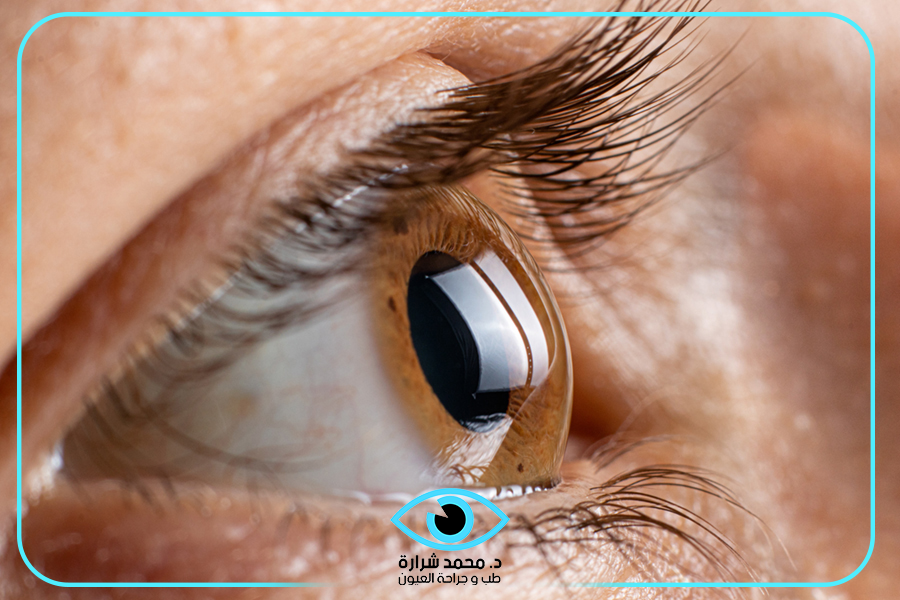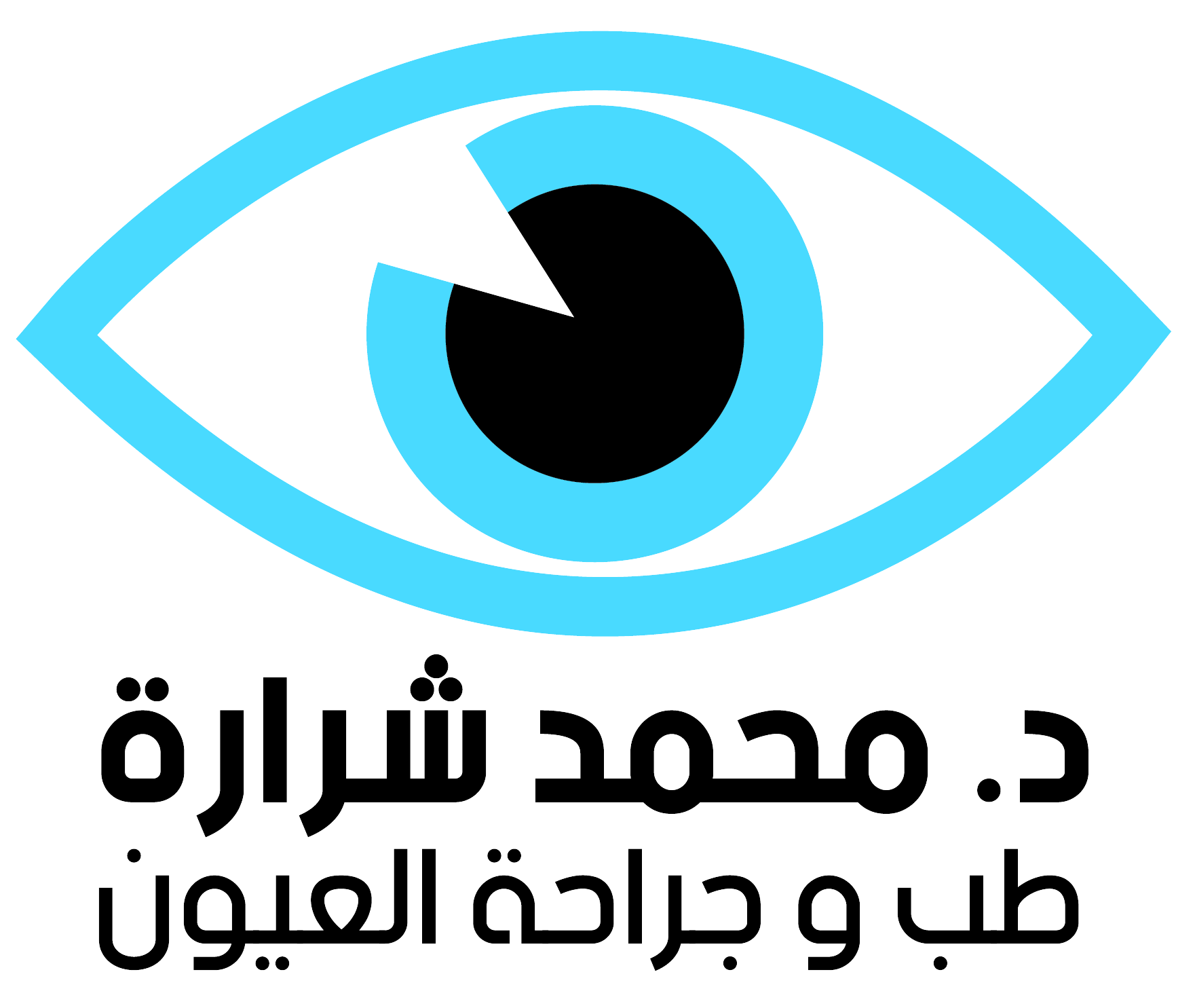
Dr. Mohamed Sharara offers specialized services in his clinic for treating keratoconus.
Keratoconus is an eye condition that causes the cornea to thin and become distorted, affecting vision. Here is an overview of how keratoconus is treated:
Accurate Diagnosis:
Clinical Examination: The ophthalmologist examines the eye using a light microscope.
Corneal Imaging: Special equipment is used to photograph the surface of the cornea and determine the extent of distortion.
Visual Acuity Measurement: Visual acuity is measured using an eye chart.
Treatment:
Eyeglasses: In early stages, vision can be corrected with eyeglasses.
Rigid Contact Lenses: Rigid contact lenses are used to correct corneal distortion and provide clearer vision.
UV Corneal Stabilization: Ultraviolet light is used to strengthen corneal tissue and prevent deterioration.
Corneal Transplantation: In advanced cases, the damaged cornea is replaced with a healthy cornea from a donor.
Ring Implantation: Small rings are placed inside the cornea to correct its shape and improve vision.
Tips for managing keratoconus:
Avoid rubbing your eyes.
See your ophthalmologist regularly.
Use hard contact lenses as directed by your doctor.
Avoid direct sunlight.
Note:
Keratoconus usually affects both eyes, but the severity of the condition may vary between eyes.
Keratoconus may develop slowly over years, or it may progress rapidly in some cases.
There is no definitive cure for keratoconus, but symptoms can be controlled and vision improved with available treatments.


